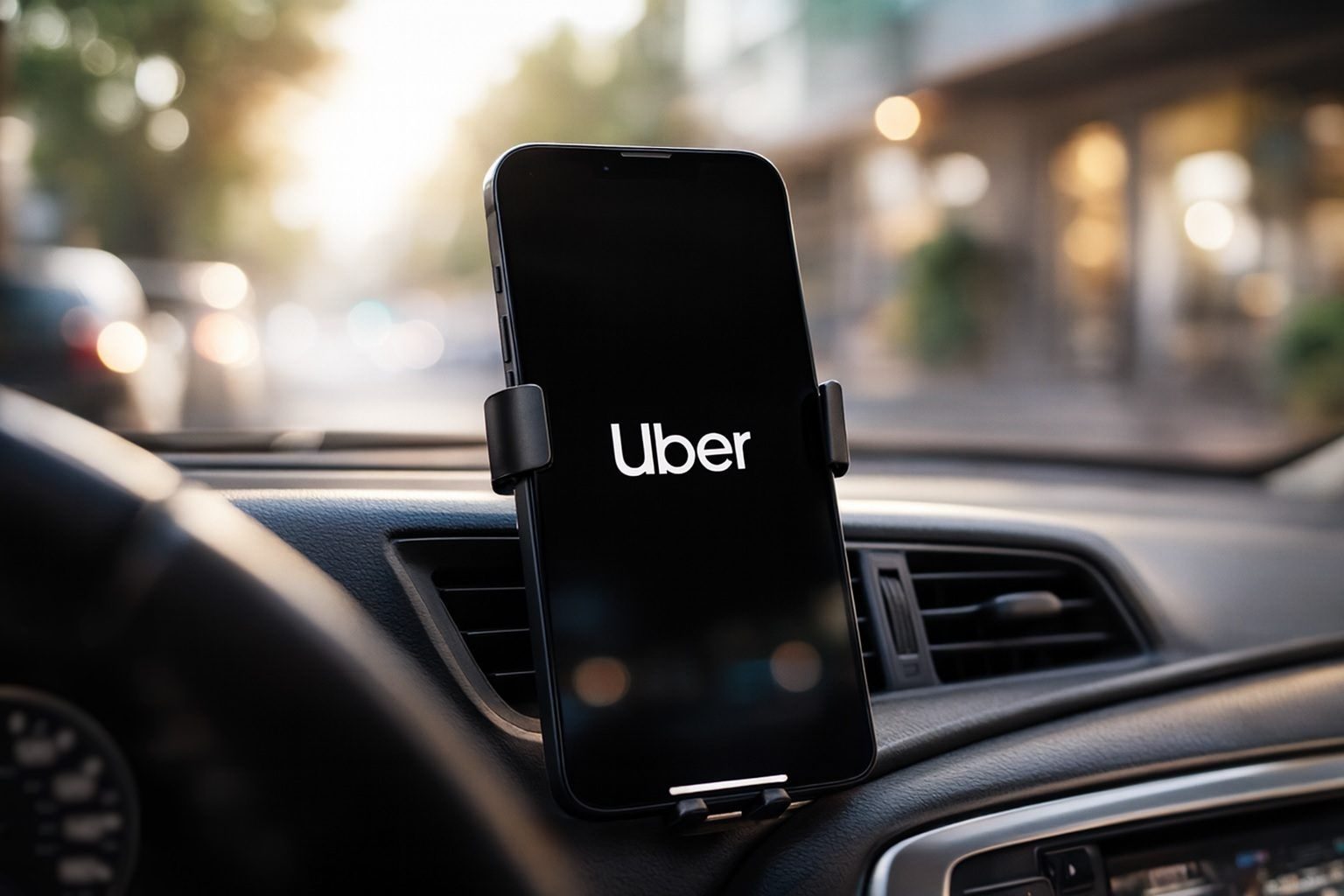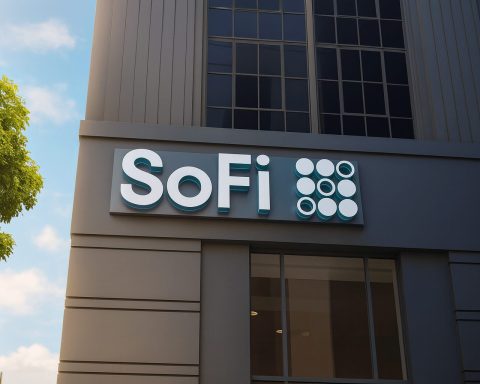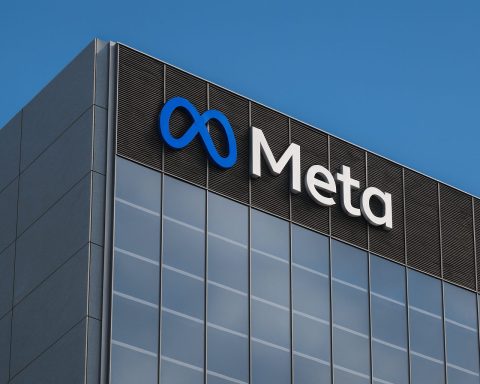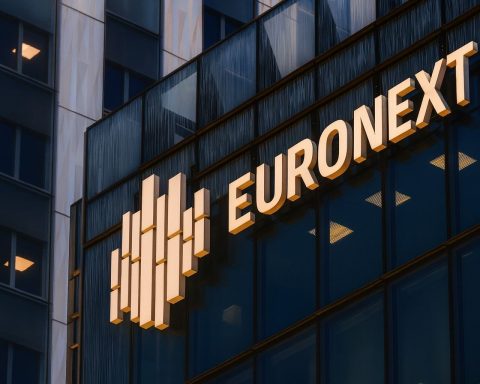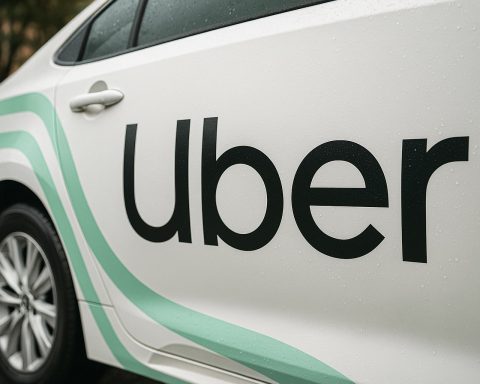On November 24, 2025, Uber enters Thanksgiving week with a 50% jump in U.S. ride volume, the launch of Uber Ski with Epic Pass integration, and a potential Getir Food acquisition in Turkey — here’s what it means for riders and investors.
As of November 24, 2025, Uber Technologies is heading into the Thanksgiving and winter holiday season with three big storylines:
- A 50% spike in U.S. ride volume on November 23
- The global launch of “Uber Ski”, a seasonal service connecting riders to more than 40 ski resorts with built‑in gear capacity and Epic Pass integration
- Advanced talks to acquire Getir Food in Turkey, a move that would significantly expand Uber Eats in a key growth market
At the same time, Uber’s stock is trading around the low-$80s, down about 11% over the past month but still up strongly year‑to‑date, leaving analysts and investors debating whether the recent pullback is a buying opportunity or a needed cooldown. [1]
Uber rides jump 50% on November 23 ahead of Thanksgiving rush
Alternative‑data platform Meyka reports that Uber ride volume in the United States surged by about 50% on Sunday, November 23, compared with recent levels. [2] A syndicated breakdown on El‑Balad echoes the same figure, framing the jump as a “remarkable uptick in demand” for ride‑sharing. [3]
While Uber hasn’t issued a separate formal press release specifically about the November 23 spike, the figure lines up with the broader demand trends the company has been highlighting all year:
- In Q3 2025, Uber’s total trips grew 22% year over year to 3.5 billion, while gross bookings rose 21% to about $49.7 billion. [4]
- Uber’s membership program “Uber One” is driving heavier usage across both rides and deliveries. CEO Dara Khosrowshahi told investors that multi‑product users (rides + delivery) spend about 3× more and have 35% higher retention than single‑service users, and that membership is helping push Q4 gross bookings guidance to $52.25–53.75 billion. [5]
Thanksgiving travel is amplifying demand
The timing of the 50% ride surge is no accident. Thanksgiving week is historically one of the busiest travel periods in the U.S., and 2025 is poised to be particularly intense:
- AAA projects nearly 82 million people will travel 50+ miles for Thanksgiving between November 25 and December 1. [6]
- Hartsfield‑Jackson Atlanta International Airport alone expects more than 4 million travelers over the holiday period. [7]
More airport traffic and long‑distance trips mean more demand for ride‑hailing at both ends of the journey. After several years of post‑pandemic normalization, Uber is now layering strong macro travel demand on top of its own internal growth.
Meyka’s analysis pegs Uber’s share price at about $83.87 around the time of the ride surge, noting roughly 31% growth over the past year and a market cap near $174 billion. [8] That mirrors other data providers showing Uber up roughly 40% year‑to‑date, despite a pullback in recent weeks. [9]
Uber Ski: from airport to first chair in one app
While urban ride demand is spiking, Uber is also expanding sideways into seasonal, high‑value travel with Uber Ski.
What is Uber Ski?
Launched on November 13, 2025, Uber Ski is a winter‑only ride option designed specifically for skiers and snowboarders. According to Uber’s own press materials and coverage from Travel + Leisure, SnowBrains, Nasdaq and others, here’s how it works: [10]
- Dedicated “Uber Ski” tile in the app
Riders tap the Uber Ski option in the main app, then choose a ride to the resort. - Gear‑friendly vehicles
- UberXL Ski: up to 2 riders plus equipment
- UberXXL Ski: up to 4 riders plus equipment
These are larger vehicles specifically meant to handle skis, snowboards and bulky gear.
- Book up to 90 days in advance
Uber Ski is integrated with Uber Reserve, so riders can reserve airport‑to‑resort trips up to 90 days before arrival, which is crucial for peak weekends and holiday periods. - Where it’s available
- United States (major gateways like Denver and Salt Lake City)
- France and Switzerland
- Canada is slated to join the lineup later this season
Most coverage references “nearly 40” or “40+” ski resorts across North America and Europe in this first season. [11]
Epic Pass integration: rides + lift access in one flow
Uber Ski isn’t just about transport; it’s a bundled access play:
- Through a partnership with Vail Resorts, riders can purchase Epic Pass or Epic Day Pass products directly inside the Uber app while booking their Uber Ski ride. [12]
- The Epic suite includes:
- Full‑season access to top resorts such as Vail, Breckenridge, Park City, Heavenly, Stowe and Whistler Blackcomb, plus European destinations like Crans‑Montana. [13]
- Epic Day Passes (1–7 days) with savings of up to 65% vs. standard lift tickets. [14]
- Epic Mountain Rewards, which give 20% discounts on on‑mountain dining, lodging, group lessons and rentals for passholders. [15]
Once full‑season Epic Passes go off sale in December, customers will still be able to buy Epic Local or Epic Day products through Uber Ski, keeping the in‑app commerce funnel open through the end of the season. [16]
From a strategic standpoint, analysts see Uber Ski as:
- A premium upsell for higher‑spending travelers
- A way to increase engagement and retention during a seasonally strong but geographically concentrated period
- A proof point for Uber’s broader “local commerce” strategy that merges mobility, experiences and transactional services
Uber’s stock: pullback, profits and conflicting valuations
Despite the strong business momentum, Uber’s share price has cooled off in recent weeks:
- Uber opened around $83.81 on Monday, November 24, with a 52‑week range of $59.33–$101.99 and a market cap near $174 billion. [17]
- Simply Wall St notes that the stock is down roughly 11% over the past month, after a sharp run‑up, but still shows a year‑to‑date gain of about 33% and a 3‑year total shareholder return near 194%. [18]
Fundamentals are strong…
Uber’s Q3 2025 earnings showed:
- Revenue: $13.5 billion, up 20% year over year
- Gross bookings: $49.7 billion, up 21%
- Trips: 3.5 billion, up 22%
- Adjusted EBITDA: $2.3 billion, up 33% year over year [19]
MarketBeat’s summary of filings and earnings highlights that Uber generated $3.11 in EPS versus $0.67 expected, with a net margin north of 30% and return on equity above 60%, underscoring how far the company has come from its cash‑burning days. [20]
Institutional ownership is heavy: more than 80% of shares are held by institutions and hedge funds, with large positions from players like Vanguard and Pershing Square. [21]
…but the market is split on valuation
Today’s commentary shows a tug‑of‑war between bulls and skeptics:
- Analyst consensus remains bullish. StockAnalysis and MarketBeat both put the average 12‑month price target around $108, implying roughly 25–30% upside from current levels, with ratings clustering in the Buy/Strong Buy range. [22]
- Valuation narratives diverge.
On top of that, insiders — including CEO Dara Khosrowshahi and other executives — have recently sold shares, while some big funds (like Bank Julius Baer) have trimmed positions and others (like Global Retirement Partners) have opened new stakes worth millions of dollars. [25]
For investors, the mixed signals boil down to a classic trade‑off: rapidly improving profitability and new growth levers (Uber Ski, Eats expansion) vs. a stock that has already doubled and then some over the past few years.
As always, this article is for informational purposes only and does not constitute financial advice.
Uber Eats doubles down in Turkey with potential Getir Food acquisition
The biggest Uber Eats headline today is coming not from the U.S. but from Turkey.
According to a Reuters report, Uber has agreed on key terms to acquire “Getir Food”, the food‑delivery arm of Turkish quick‑commerce pioneer Getir, from controlling shareholder Mubadala, Abu Dhabi’s $330 billion sovereign wealth fund. [26]
What we know about the proposed deal
- Uber and Mubadala have submitted the transaction to Turkey’s Competition Board for approval.
- The proposed sale price has not been disclosed, and sources caution that the deal may still fall through. [27]
- The move would mark another step in Mubadala’s exit from Turkey, following its recent sale of Getir’s car‑rental arm to Tiktak. [28]
- For Uber, it would significantly expand Uber Eats’ local market share, building on its earlier plan to buy a majority stake in Trendyol GO for around $700 million announced in May. [29]
Getir itself was once a pandemic‑era darling, valued around $12 billion in 2022 before demand cooled and the company pulled back from many international markets. [30] Today’s deal talks show Uber picking up assets in a distressed but still strategically important delivery ecosystem.
If completed, the Getir Food acquisition would:
- Strengthen Uber Eats’ position in Turkey against incumbents like Yemeksepeti and Trendyol
- Align with Uber’s broader local commerce strategy, where the app is a hub for both moving people and delivering goods
- Add another growth vector alongside holiday‑driven ride demand and Uber Ski’s seasonal revenues
What it all means today for riders, drivers and investors
Putting the pieces together, November 24, 2025 is a snapshot of Uber operating on multiple fronts at once:
For riders
- Urban riders and airport travelers are seeing higher wait‑time and surge‑pricing pressure in some markets as volumes spike 50%+ into Thanksgiving, but also greater supply as more drivers come online for the busy week. [31]
- Ski travelers can now plan airport‑to‑mountain transport and lift access in one app, booking larger vehicles up to 90 days in advance and bundling Epic Pass products and on‑resort discounts. [32]
For drivers
- Seasonal spikes in demand plus promotions like Uber’s regional driver competitions running from November 24 through year‑end in some markets (for example, Ghana) give drivers more opportunity to earn, though competition among drivers can also increase on popular routes. [33]
For investors
- Mobility is benefiting from record travel and strong membership‑driven engagement.
- Delivery stands to gain from the potential Getir Food acquisition in Turkey and the broader push to make Uber Eats a dominant player in key international markets. [34]
- New verticals like Uber Ski create seasonal, higher‑ticket use cases that deepen customer loyalty and justify premium pricing. [35]
- The stock, meanwhile, is pausing after a major multi‑year rally, with institutions adjusting positions and analysts largely positive but increasingly focused on valuation. [36]
Outlook: a pivotal holiday quarter
Uber’s own guidance calls for Q4 2025 gross bookings to grow 17–21% year‑over‑year, backed by strong demand in both mobility and delivery. [37]
If the 50% ride‑volume spike on November 23 is an early signal of how the rest of the holiday period unfolds — and if Uber can successfully convert Uber Ski travelers and new Eats users in markets like Turkey into long‑term, multi‑product customers — the company could exit 2025 with:
- Higher recurring revenue per user
- Deeper ecosystem lock‑in
- And a stronger case that it’s not just a ride‑hailing app, but a global mobility and local‑commerce platform
Whether the current share price fully reflects that story is exactly what November 24’s mixed analyst narratives and institutional moves are trying to answer.
References
1. www.marketbeat.com, 2. meyka.com, 3. www.el-balad.com, 4. investor.uber.com, 5. m.economictimes.com, 6. www.axios.com, 7. www.axios.com, 8. meyka.com, 9. www.financecharts.com, 10. investor.uber.com, 11. ground.news, 12. www.travelandleisure.com, 13. www.nasdaq.com, 14. www.nasdaq.com, 15. www.travelandleisure.com, 16. www.travelandleisure.com, 17. www.marketbeat.com, 18. simplywall.st, 19. investor.uber.com, 20. www.marketbeat.com, 21. www.marketbeat.com, 22. stockanalysis.com, 23. simplywall.st, 24. simplywall.st, 25. www.marketbeat.com, 26. www.reuters.com, 27. www.reuters.com, 28. www.reuters.com, 29. www.reuters.com, 30. www.reuters.com, 31. meyka.com, 32. www.travelandleisure.com, 33. www.uber.com, 34. www.reuters.com, 35. www.nasdaq.com, 36. simplywall.st, 37. investor.uber.com
